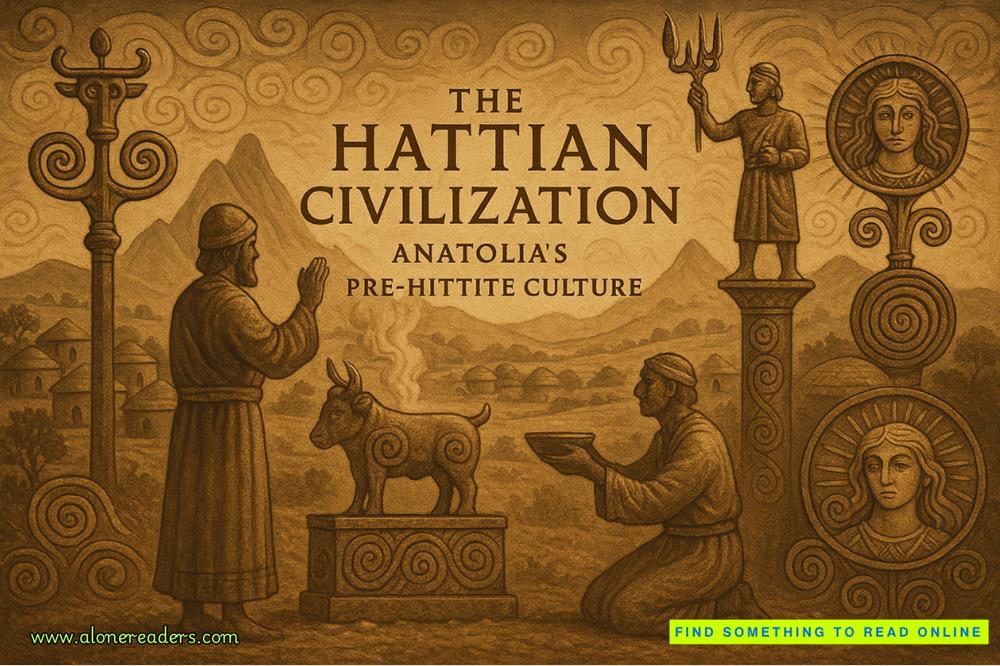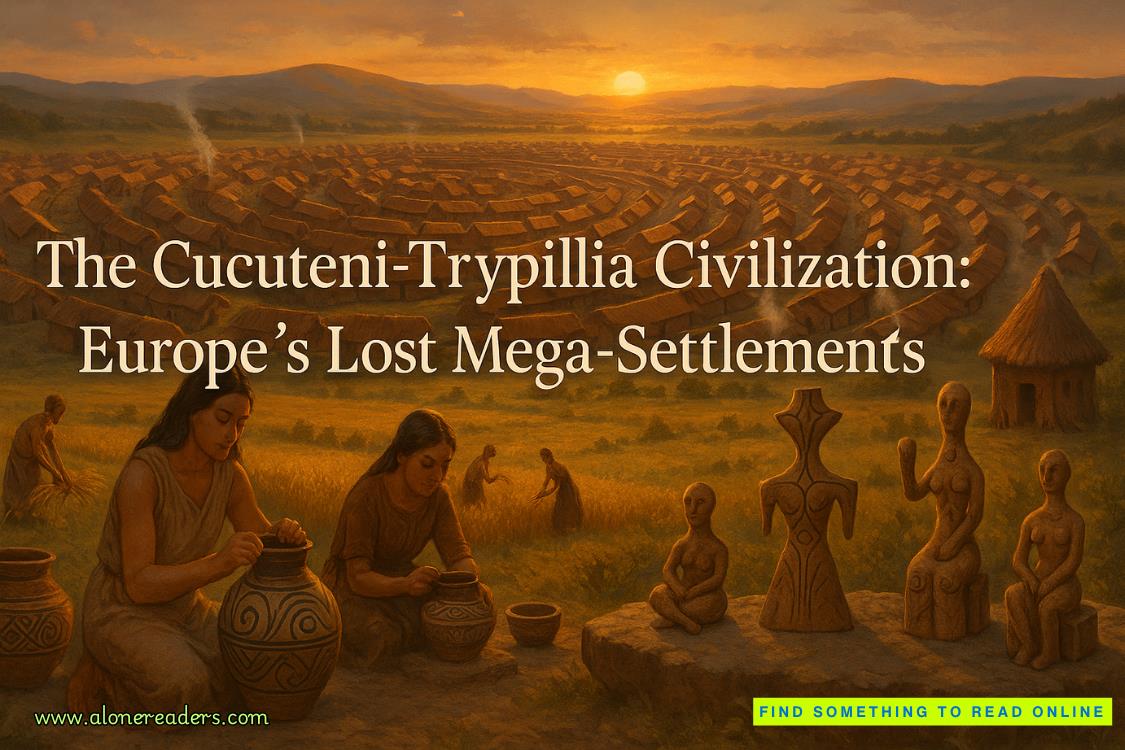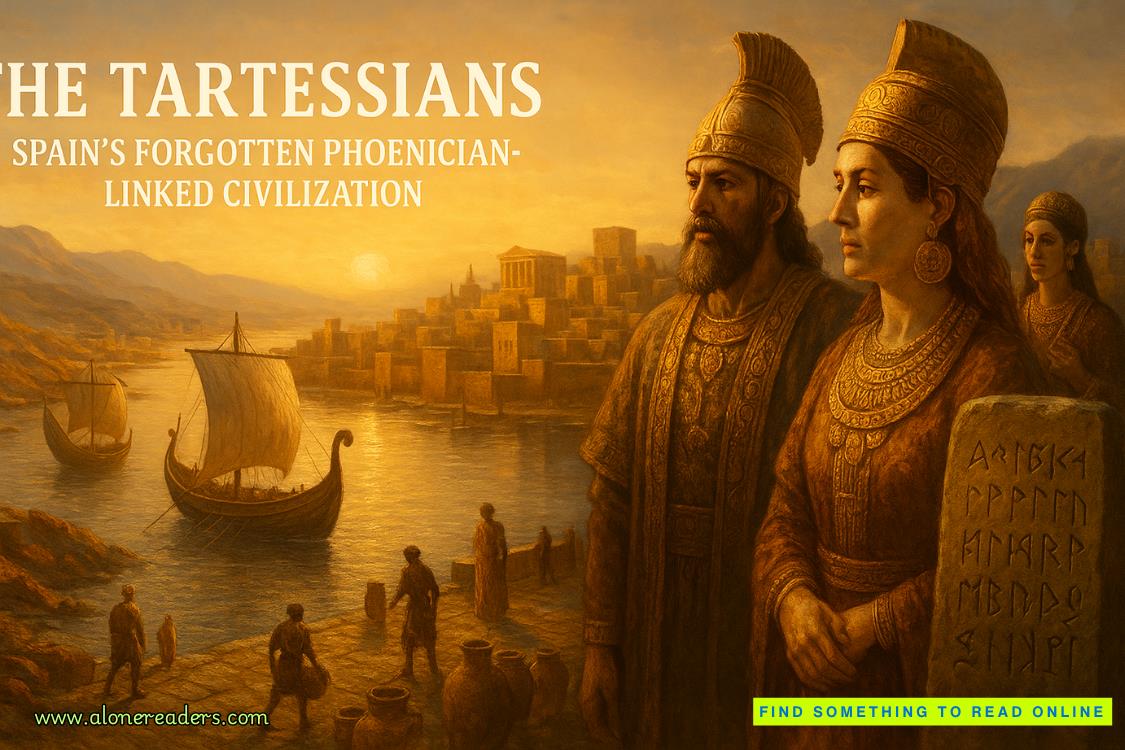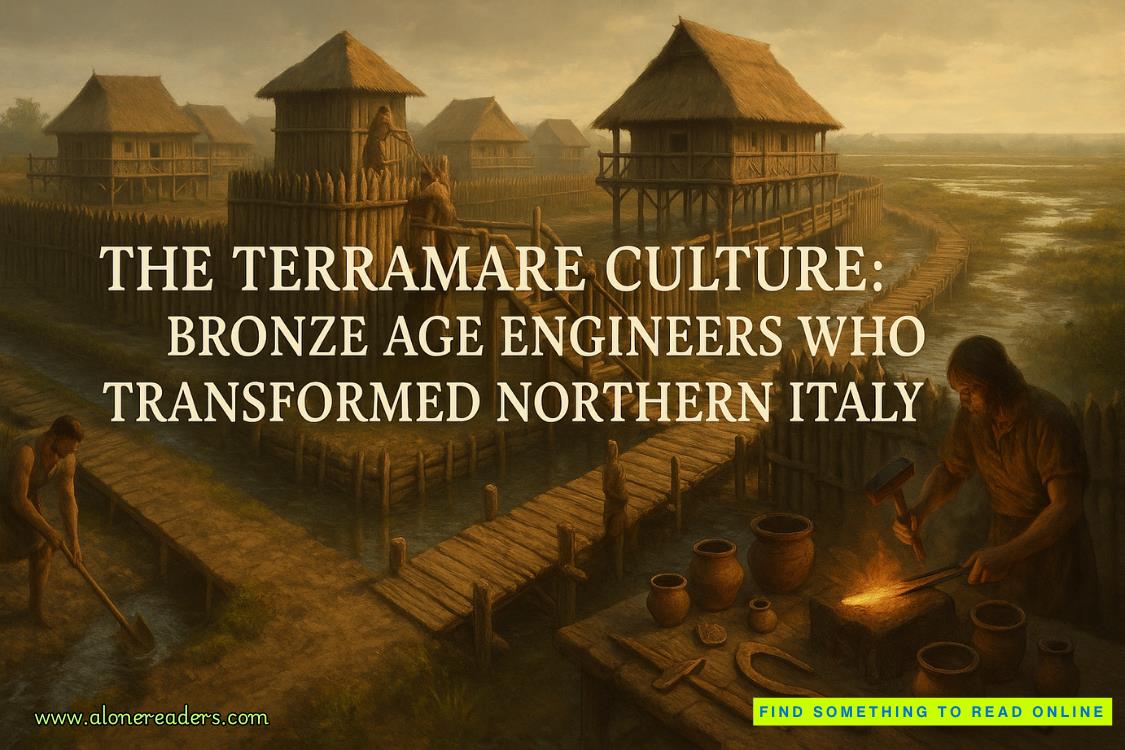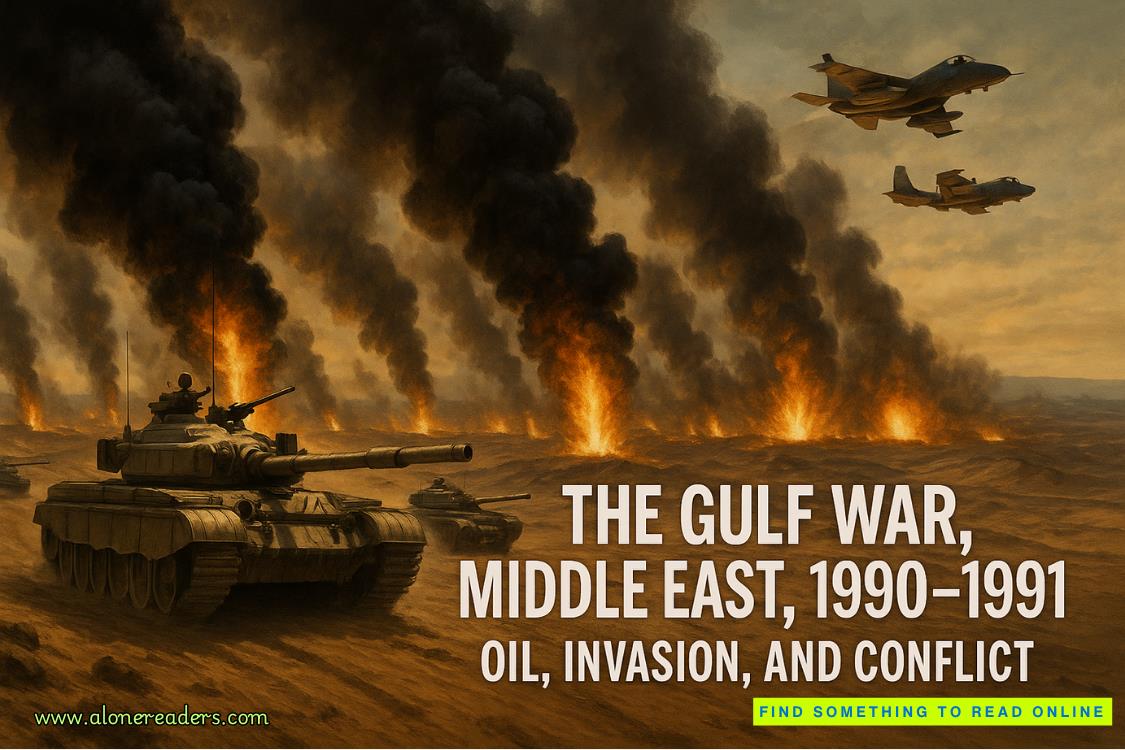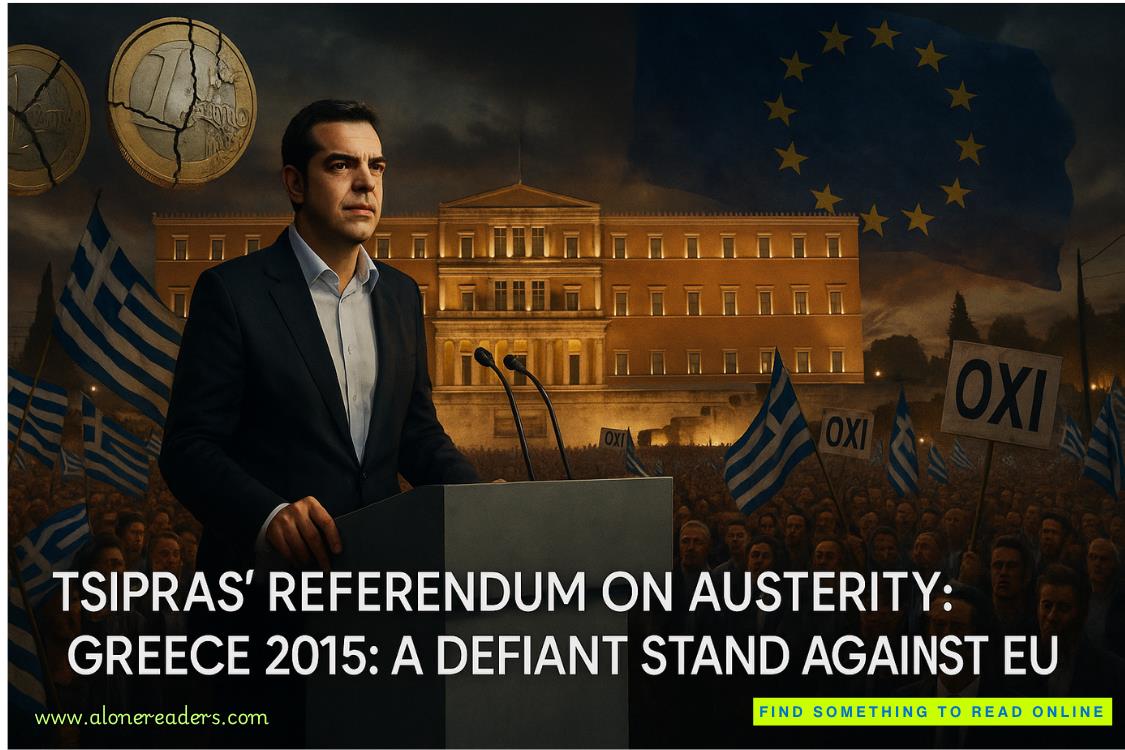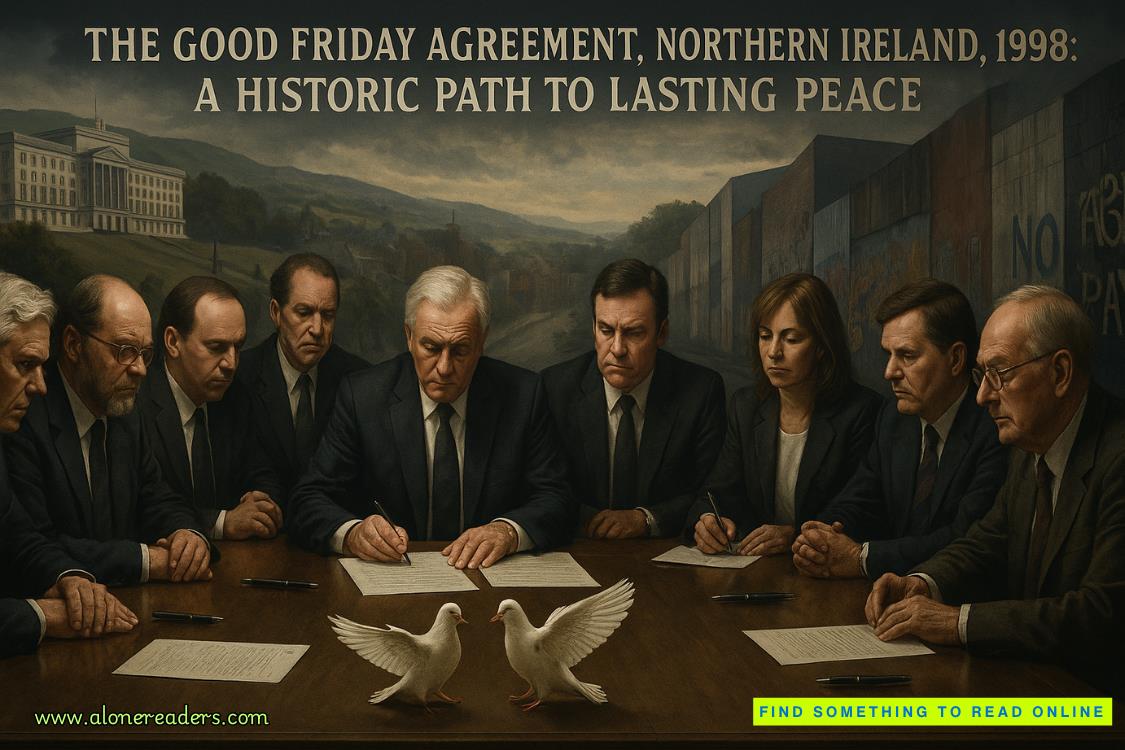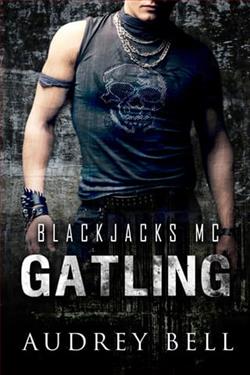Page 8 of Worth the Risk
“Maya,” Rosa appears at my elbow. “Channel 7 just pulled up outside.”
Through Highland’s front windows, I see the news van parking across the street. A reporter emerges followed by a cameraman already filming the crowd gathering on our front steps.
“This is it,” Lianne says, appearing at my other side with that calm efficiency that makes her LA’s most sought-after event planner. “You ready?”
I take a deep breath, thinking about Papa’s legacy, about the families who depend on Highland, about the promise I made to protect what he built. Then I think about Declan Pierce, probably watching this unfold from his pristine office thirty floors above the city, and wonder if any part of him understands what we’re fighting for.
“I’m ready,” I tell Lianne.
And for the first time since this fight began, I actually believe it.
The march to Pierce Enterprises takes forty-five minutes through downtown’s canyon of glass towers. We move like a river of determination, our chants echoing off the buildings that surround us.
“Save Highland! Save our community!”
I walk at the front flanked by Tita Sol and Rosa, with Lianne coordinating media interviews as we move. She handles the press with the same polished professionalism she brings to celebrity events, all charm and strategic messaging where I’m pure intensity and fire.
The Channel 7 reporter walks backward in front of us, her cameraman capturing every step.
“Thirty seconds, live,” Lianne calls, waving me over.
I move toward the camera, mentally rehearsing talking points I’ve practiced for days. The reporter—young, blonde, professionally sympathetic—gestures for me to stand beside her.
“We’re here with Maya Navarro, director of Highland Community Center, which faces demolition for the latest Pierce Enterprises development. Maya, what’s your message today?”
The red light blinks on, and suddenly I’m speaking to all of Los Angeles.
“Highland isn’t just a building—it’s twenty years of community building. ESL classes for new immigrants, after-school programs for working families, job training, cultural preservation. Pierce Enterprises wants to replace our centerwith luxury condos none of our families could ever afford. We’re marching to tell Declan Pierce that our community isn’t for sale.”
“What do you say to those who argue development brings economic growth?”
I look directly into the camera, thinking about Papa’s dream and Declan’s texts and the complex knot of anger and unexpected curiosity in my chest.
“I’d ask them to look at the communities where Pierce has demolished cultural centers before. Did those luxury developments hire local workers? Create spaces for existing residents? Or did they just push people out of neighborhoods their families built?”
The camera light blinks off, and I breathe relief even though the real test lies ahead.
As we round the corner onto Pierce Enterprises’ block, the building rises ahead like a monument to corporate power. But I also see security guards forming lines and barriers being set up to contain our protest.
Of course they were expecting us.Try not to get arrested, he’d said.
“Maya,” Lianne appears breathlessly at my side. “The Times reporter just told me Pierce Enterprises issued a statement an hour ago. They’re calling this an ‘opportunity for dialogue’ and saying they remain committed to finding solutions that work for everyone.”
I frown. That doesn’t sound like corporate stonewalling. That sounds like someone thinking strategically about community opposition management.
As we approach the building, I find myself looking up at the thirtieth floor, wondering if storm-gray eyes are watching through those wall-to-wall windows. Wondering what Declan Pierce is thinking as a hundred people march through downtown’s corporate canyon, demanding he listen to their voices.
My phone buzzes in my pocket—probably another text—but I don’t check it. Not here, not now, not with cameras rolling and my community counting on me to stay focused on what matters.
Even if part of me can’t stop wondering what he’s thinking thirty floors above us, and whether his unexpected humor masks something more complicated than the corporate shark I’ve built in my mind.
The protest unfolds exactly as Tita Sol planned—orderly, passionate, completely peaceful. We set up across from Pierce Enterprises, our chants echoing off surrounding buildings. Media crews capture footage of seniors beside teenagers, three generations united in determination to save Highland.
It’s beautiful. It’s powerful.
And as I stand before the crowd leading chants and giving interviews, I can’t shake the feeling that somewhere above us, the man who holds Highland’s future in his hands is watching every moment of our carefully orchestrated revolution—and maybe, just maybe, starting to see us as more than obstacles to his development plans.
4
